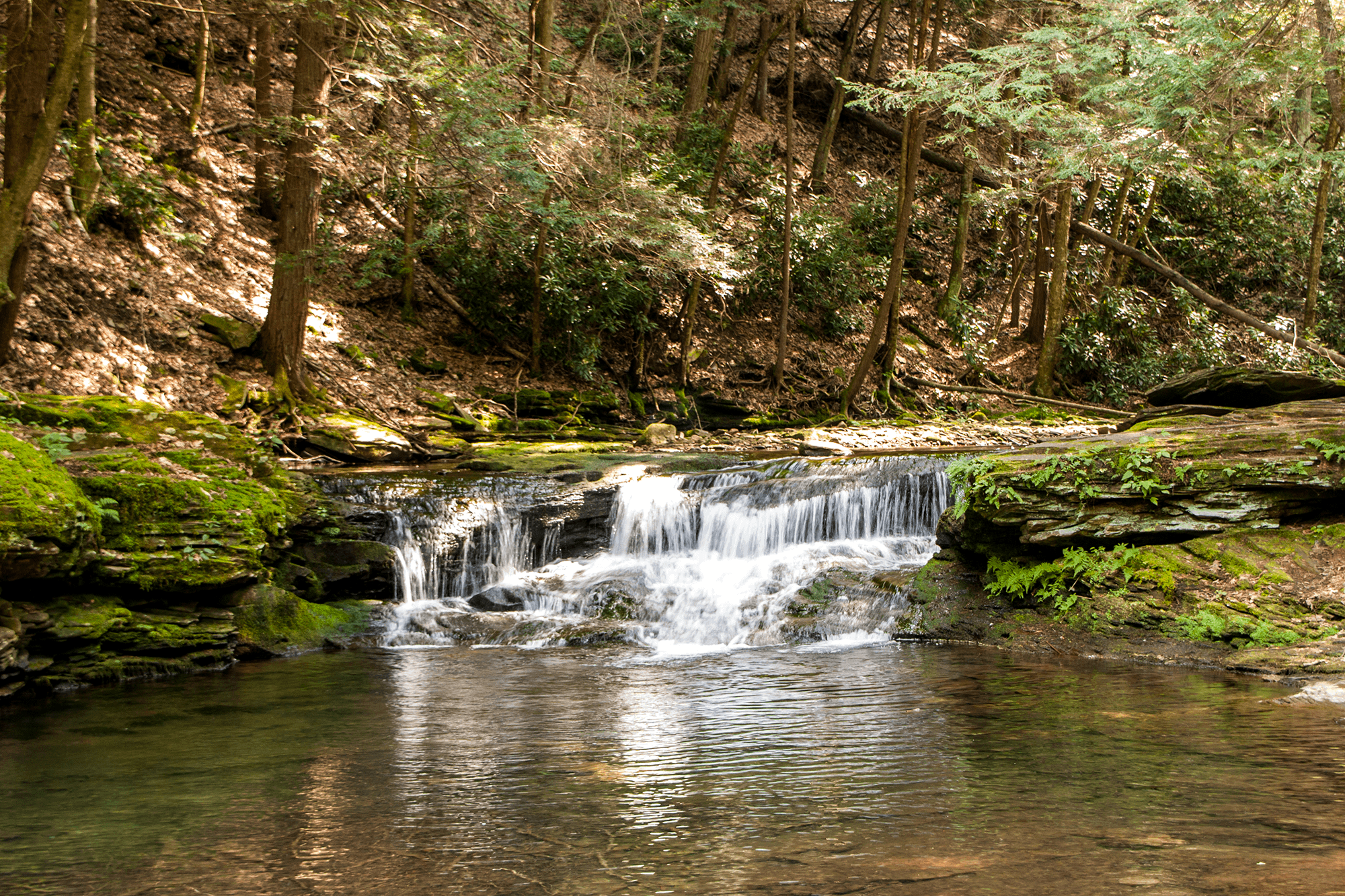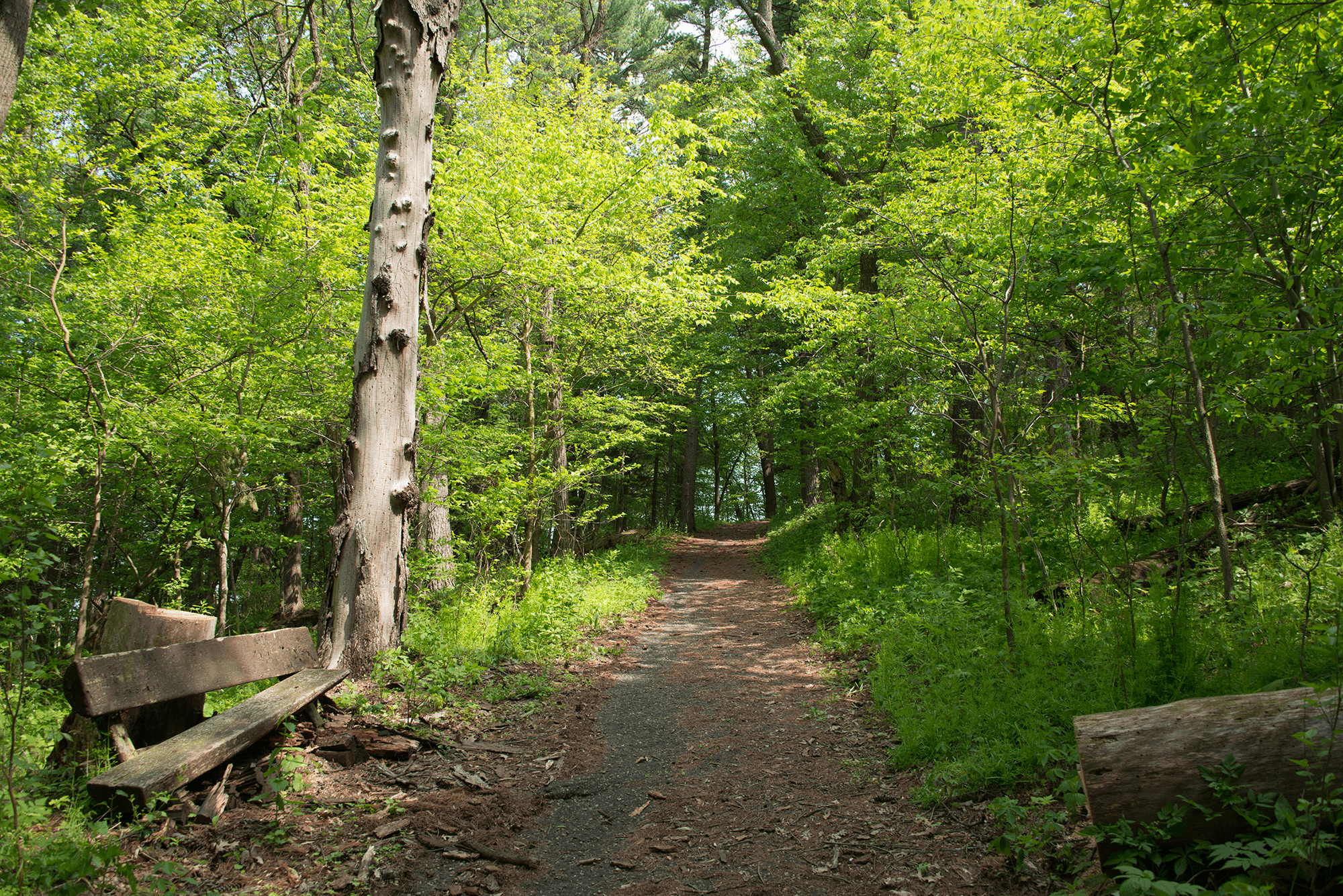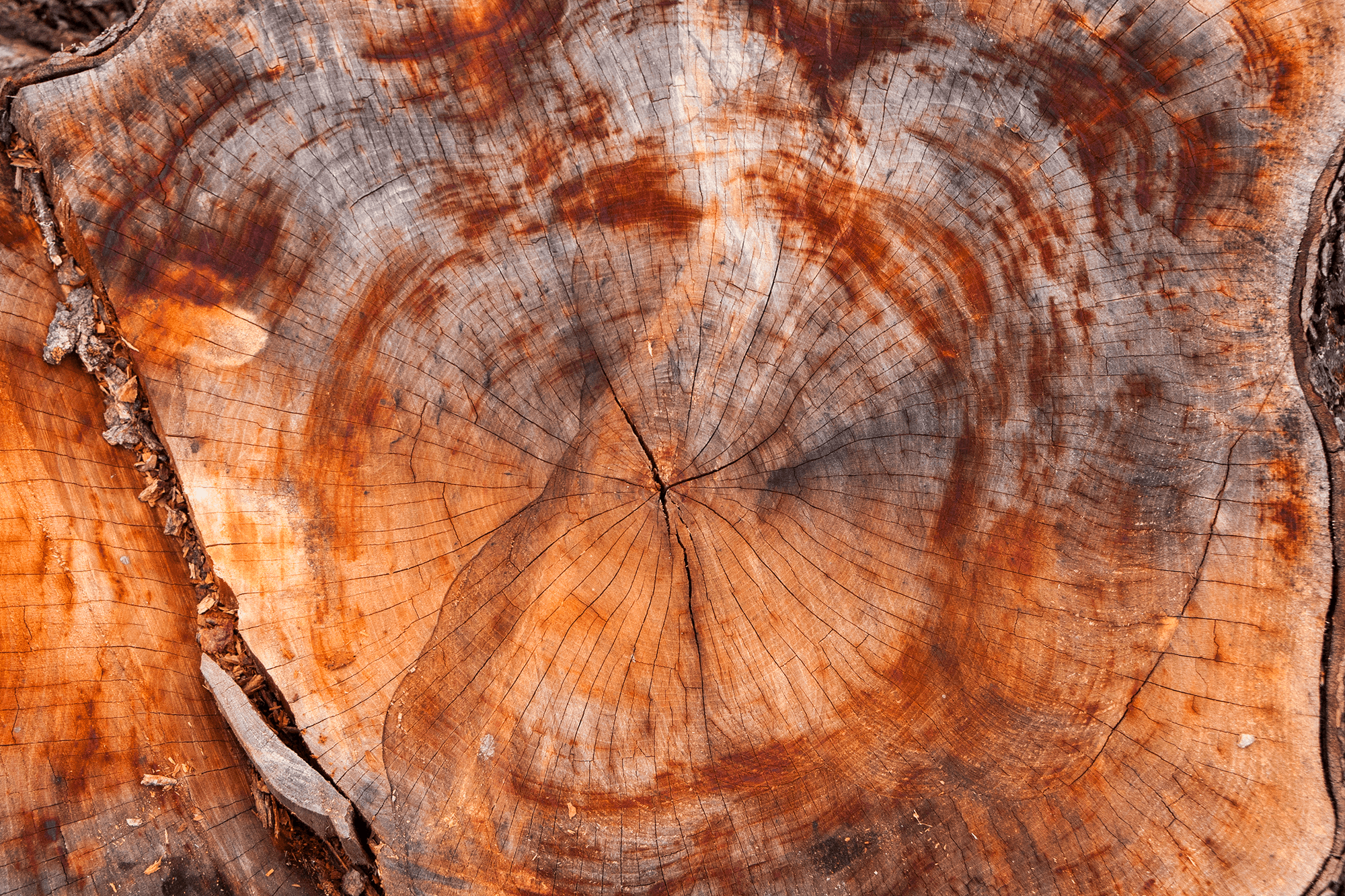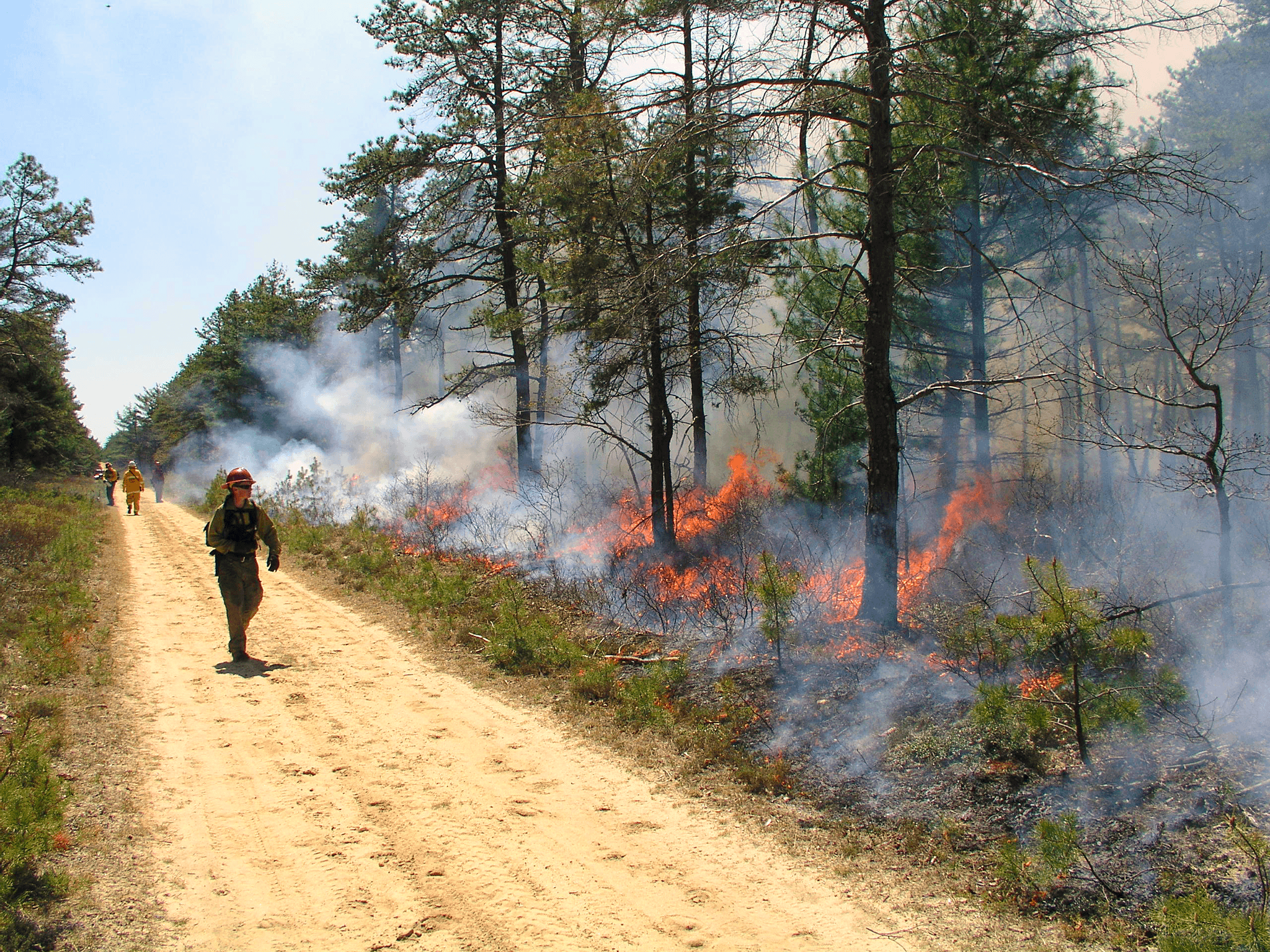Whether it’s hiking, hunting, snowmobiling, going for a fall leaf drive, or simply hanging out in a hammock, more than 95 percent of Americans enjoy some form of outdoor recreation. Residents of the Northeast and Midwest lead the country in the amount of time they spend recreating on forest lands. Recreation can be good for forests. It gives people a chance to appreciate them and, therefore, want to sustain them. It can provide a source of income so landowners can afford to keep forests as forests. About 13 percent of private non-industry forest land in the Northeastern and Midwestern forests is open to the public for recreation – a larger proportion than in any other area of the country. Opportunities for landowners to earn income by providing recreational opportunities are likely to increase as the population grows and open space becomes increasingly scarce.
Many considerations are involved in opening a forest to recreation. Some forms of recreation affect the ability of the forest to provide for other forms of recreation. For example, a popular hunting area is probably not the best place for hiking. Some kinds of recreation, such as illegal off-highway vehicle (OHV) use, can harm a forest or its ability to provide other amenities.
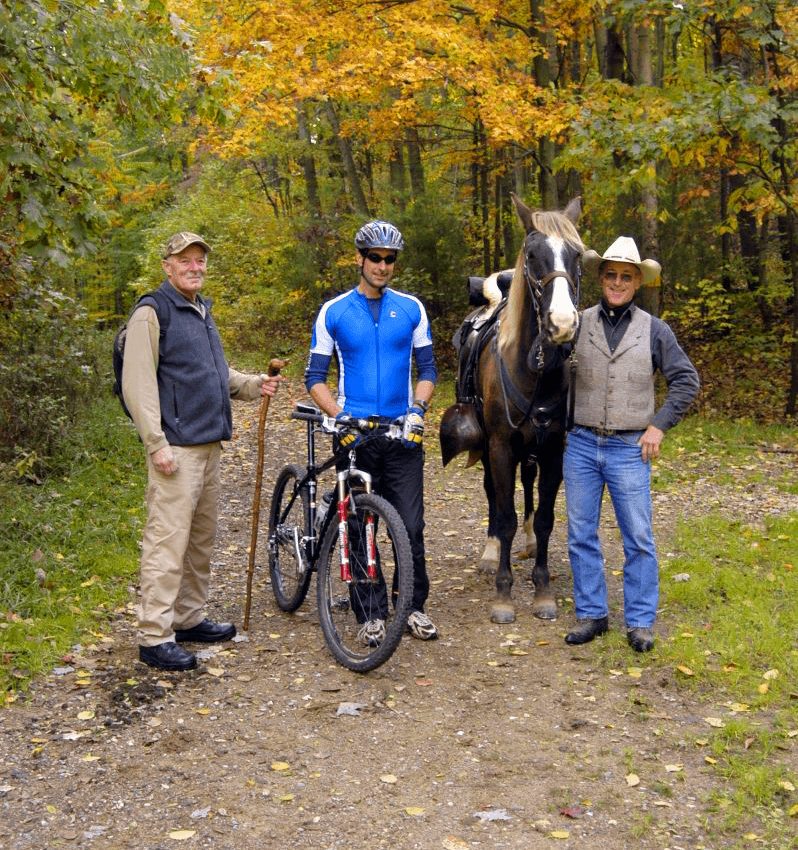
The USDA Forest Service calls unmanaged recreation a major threat to forest health. When landowners make decisions about allowing recreational use of a forest, it’s important that they consider what forms of recreation are compatible, what volume of it is appropriate, and the potential impacts.
The number of campgrounds on private land in forests across the Northeast and Midwest has declined steadily since the 1970s, suggesting a shift away from recreation as an income producer for owners of private forest land. It remains to be seen whether that trend will continue, or whether forest landowners increase efforts to strategically include recreation in plans for their forests. The choice could have a substantial bearing on the fate of forests facing increasing pressure.
Sources:
A Snapshot of the Northeastern Forests, USDA Forest Service, Northeastern Area State & Private Forestry, NA-IN-01-06, October 2005
